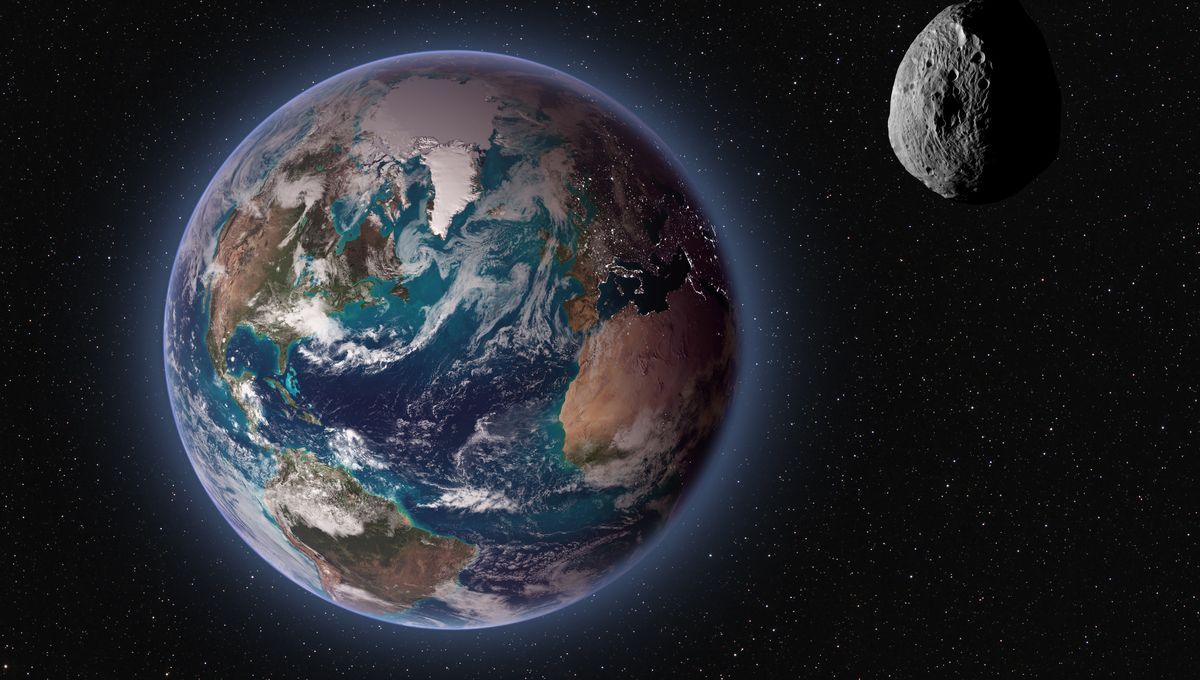
If you’ve always wanted to save the world, but don’t have the right skills to invent a carbon-free energy source or antiviral drug, now might be your chance. Astronomers have created a system where almost anyone can help them spot near-Earth asteroids, and this month scored their first success.
It’s a little surprising that in an era when AI can spot supernovas and fool essay markers, it can’t match people at spotting asteroid candidates moving against background stars. Perhaps soon it will, but at the moment the human eye is still required. Professional astronomers have far too much on their plates, so the Catalina Sky Survey created the Daily Minor Planet project to crowd-source the capacity of the millions.
On October 3, Catalina took four images of the same section of sky. Computers detected something moving in the images, but uploaded them to the project to seek the help of humans judging if these were worth investigating further. There, along with thousands of other images, they were animated so anyone logging in could check for objects moving in a manner different from the fixed stars.
Four volunteers, H. N. DiRuscio, X. Liao, V. Gonano and E. Chaghafi, all spotted a suspicious-looking streak in the images and reported it. Judging the images likely to be a real find, rather than one of the various false alarms, the Daily Minor Planet team alerted astronomers in time zones around the world in a position to look for the object.
Telescopes in New Mexico and Croatia confirmed its existence and provided enough data to calculate its size and orbit.
According to NASA, the object designated 2023 TW is about 50 meters (160 feet) across. In the current craze for wildlife-based measurement that’s 14 tundra-saving bison long – no dinosaur-killer in size, but large enough to do extensive damage if it landed on a city.
Fortunately, it quickly emerged that such a direct hit would not occur. 2023 TW passed us on October 9 at 615,000 kilometers, or a little less than twice the distance of the Moon. A few days later a smaller asteroid, 2023 TV3, discovered by conventional means, passed nine times closer.
Main belt asteroids greatly outnumber near Earth objects, so the vast majority of the thousands of candidates spotted by the Daily Minor Planet Center since operations began in May have been beyond the orbit of Mars.
Even among the few dozen that have been considered possibilities for close approaches to Earth, most have either turned out to not exist, or remained unverified. This was the first time a possibility raised by the project has been confirmed as having a near-Earth orbit.
Given the stakes, however, NASA considers it worth maintaining the hunt, even though the vast majority of finds will turn out to be harmless. Moreover, even when asteroids pose no threat, their discovery can be useful for statistical data, or when they turn out to have some unusual features, such as Polyhymnia’s improbably high density.
The Daily Minor Planet is hosted on Zooniverse with many other projects that tap into volunteer labor to assist professional astronomers.
Source Link: Citizen Scientists Have Spotted A Close Approaching Asteroid Professionals Might Have Missed